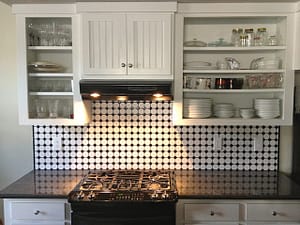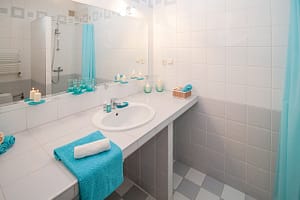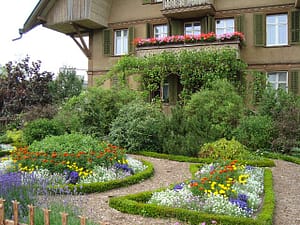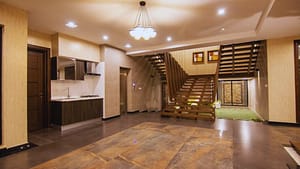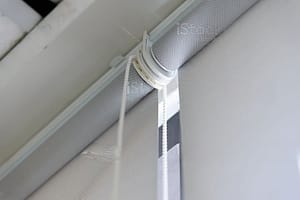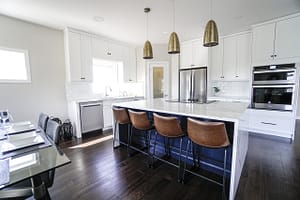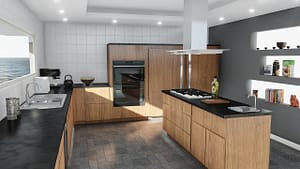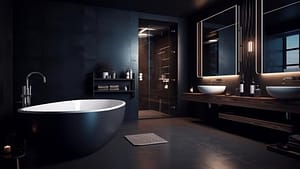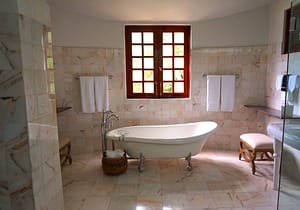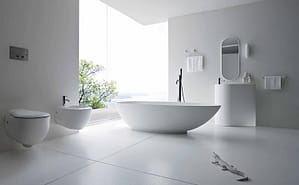
It goes without saying that a swimming pool is a wonderful addition to any home. By installing one, you dramatically alter the landscape of your outdoor living space. But of course, building one is a major financial investment that may cost more than what you initially anticipated.
Are you confident that you’re ready to build a swimming pool? Before you pull out all of your hard-earned cash, bear in mind the following considerations to ensure that your pool installation is a success.
1. Contractor
Similar to how you put careful thought into building your home, it’s important that you pick a pool contractor who will install it while abiding by the applicable codes and regulations, and within your budget. To find a good contractor, you can get referrals from friends or close relatives as they will likely be honest about their experience.
You may also browse online and talk to several contractors to find one that you can trust. Make sure you determine how long they have been in business and if they have insurance and offer warranties.
2. Usage
Establish who in your household will be taking advantage of the pool as well as what they’ll use it for. Do they plan to swim laps or do they need a hot tub for therapeutic reasons? Think about this since how you intend to use your pool will affect its construction and design.
3. Budget
Most pool builders will persuade you with a positive sales pitch that there’s a pool for every budget. However, in reality, you should expect a swimming pool project to cost more than what you have calculated as with any home improvement expenses.
How about swimming pool accessories, landscaping as well as maintenance? To avoid blowing out your budget, you shouldn’t forget:
- Tiling
- Decking
- Fencing
- Ongoing pool maintenance
- Shading and furniture
4. Location
You may have already decided where to place your swimming pool. But there are still things you have to consider to make sure that you get the location right.
- Access – Find any trees or branches that may impede you pool construction, including phone and/or electrical wires. It’s important to ensure that your contractors won’t have a hard time with your chosen location or else you may incur additional costs.
- Elevation and topography – If you plan to build in a low-lying area, you may end up with mud after heavy rains.
- Sunlight – A location with plenty of sunshine can help warm the water. But if you choose a spot away from trees, you have the advantage of warmer water as well as fewer leaves going into the pool. This will help lessen your cleaning chores later on.
- Breeze – Wind may increase water evaporation. This means, your pool will need persistent topping up. Moreover, even a gentle breeze can make you feel colder when you’re wet from swimming in the pool.
5. Materials
Will you be going for concrete or fiberglass? The following are two of the most popular materials nowadays.
-
Concrete
Traditionally, many consider a concrete pool with steel reinforced in-ground to be the strongest and most durable option. However, the installation of a concrete pool may take about three months which is much lengthier than fiberglass.
Moreover, bad weather can hinder construction and the porous nature of concrete may lead to algae and mold issues if the surface isn’t properly finished.
If you want a customized design, concrete offers you flexibility in terms of depth, shape, and size. You also have the option for an infinity edge for your pool. For finishing a concrete pool interior, your options may include:
- Colored quartz
- Marble plaster
- Paint
- Pebbles
- Tiles
- Vinyl
-
Fiberglass
Fiberglass pools are pre-molded into different shapes and are either positioned in a set above ground or an excavated hole. With today’s technology, building a paddling pool, infinity edge, swim jets, or a spa into your swimming pool design is possible. If you opt for fiberglass, you’ll have fewer issues with calcium build-up and chemical imbalances.
Fiberglass pools are also finished with a smooth gel coat that is quite durable and resistant to mold and stains.
6. Fencing
In most countries, the law requires that all pools should have a fence. If you’re living in the house during the construction of your swimming pool, you may need to install a temporary fence. However, if the house is unoccupied, you’ll still need to install a temporary fence if the pool isn’t self-draining and in-ground.
Remember that during construction, rainwater may collect at the bottom of the pool. Make sure you get your temporary fencing right by checking state laws to have a clear idea of what requirements you need to follow.
7. Maintenance
Don’t expect your pool to last long if you don’t think about maintenance. Chlorine, bromine, heaters, pumps, and pool vacuums need upkeep. Before building a pool, ask yourself if you’re up for the commitment and costs of maintaining a pool.
If you can’t do the dirty work on your own, can you afford to get a monthly pool maintenance service?
8. Time
How soon do you want your pool to be constructed? If you’re planning a party at your house for about five months after the start of construction – don’t. Be realistic when it comes to the time it’ll take to install your pool, and discuss which months are optimal for construction with your contractors.
The decision to install a pool can be an overwhelming one. This is why it’s crucial that you work with a reliable swimming pool designer and think about the different factors that can affect your project.

